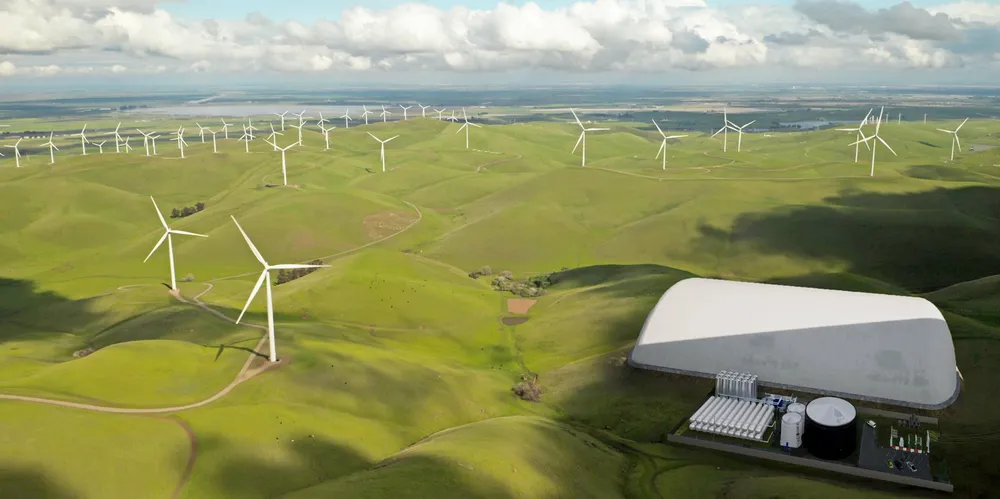New CO2 battery will make wind and solar dispatchable 'at an unprecedented low price'
Milan-based Energy Dome’s power-storage system promises highest round-trip efficiency yet for long-duration energy storage, CEO Claudio Spadacini tells Recharge

Milan-based Energy Dome’s power-storage system promises highest round-trip efficiency yet for long-duration energy storage, CEO Claudio Spadacini tells Recharge
